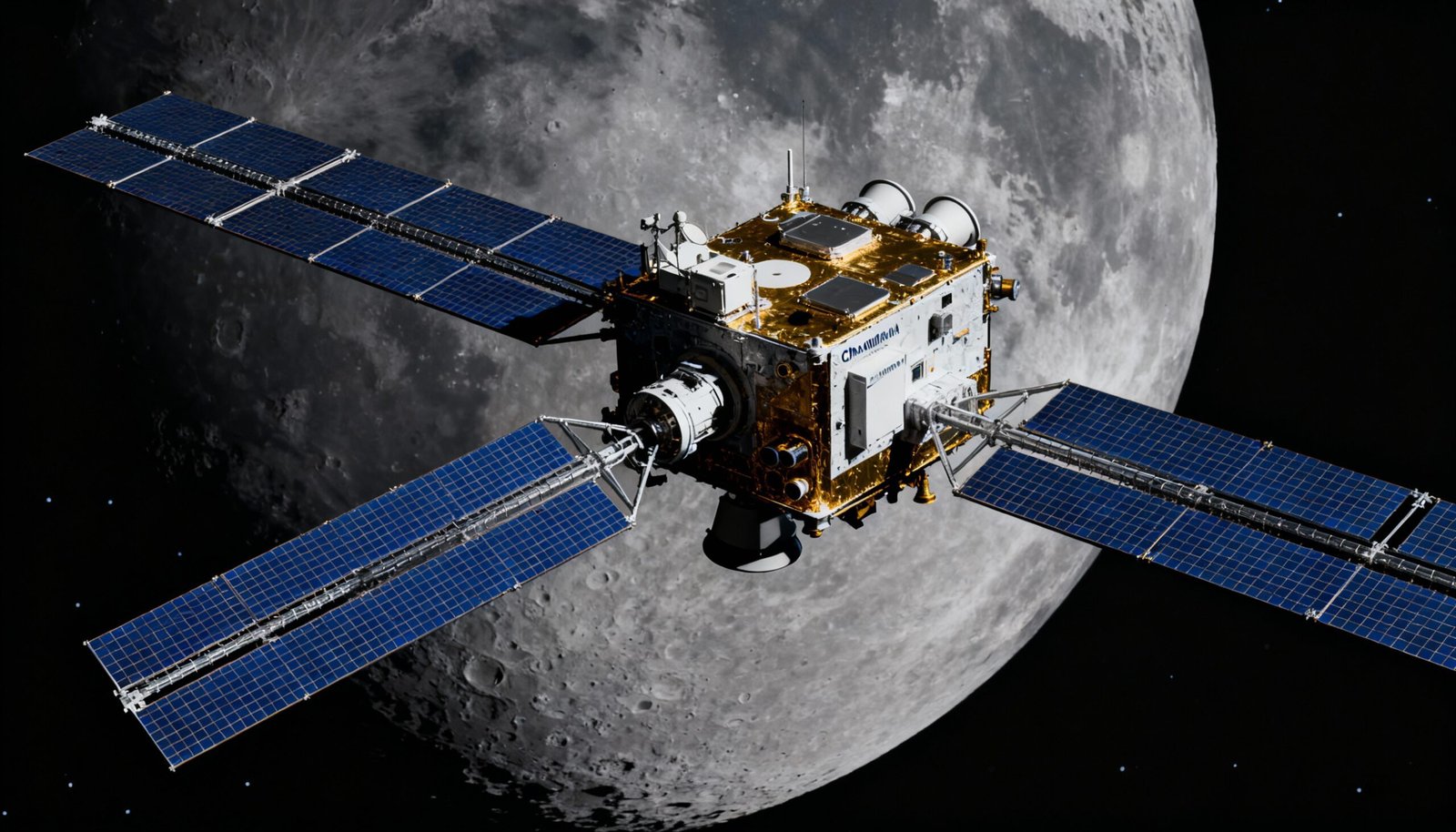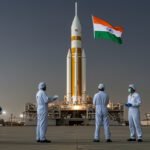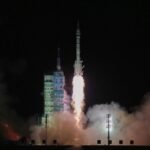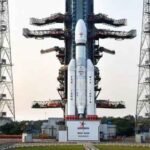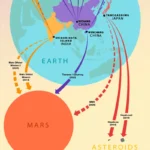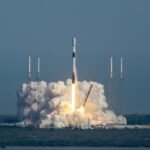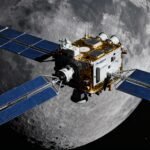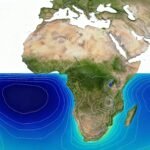In a groundbreaking achievement, India’s Chandrayaan-2 orbiter has become the first mission in the world to detect and measure the impact of a solar storm on the Moon’s surface, offering scientists new insights into how solar activity affects airless celestial bodies.
What Happened During the Solar Storm
A solar storm occurs when the Sun releases powerful bursts of charged particles during solar flares or coronal mass ejections (CMEs). These energetic particles travel across space and can cause dramatic effects when they interact with planetary atmospheres and magnetic fields.
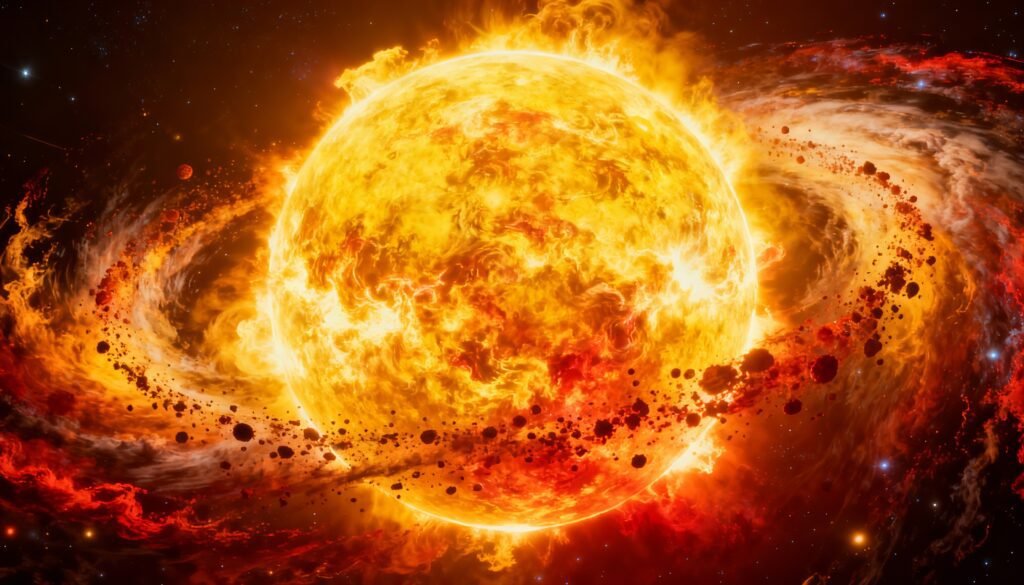
However, the Moon lacks both a thick atmosphere and a strong magnetic field, making it especially vulnerable. When the recent solar storm reached the Moon, Chandrayaan-2’s CLASS (Chandrayaan-2 Large Area Soft X-ray Spectrometer) and SARA (Solar X-ray Monitor) instruments detected sudden spikes in X-ray emissions and energetic particles hitting the lunar surface.
What Chandrayaan-2 Discovered
The data revealed that solar particles not only reached the Moon but also interacted directly with its surface materials, producing detectable radiation signatures. This confirmed, for the first time, the direct measurable influence of a solar storm on the lunar regolith — a major step in understanding space weather effects on airless bodies.
Scientists from ISRO (Indian Space Research Organisation) and several international collaborators from NASA and ESA have called this observation a “milestone in heliophysics and planetary science.”
Why This Discovery Matters
This discovery is not just about the Moon — it’s about the future of human space exploration. Understanding how solar radiation interacts with surfaces like the Moon is critical for:
- Designing radiation-hardened habitats and instruments for future lunar missions
- Ensuring astronaut safety during solar storms
- Improving space weather prediction models for Earth and beyond
Moreover, this data could help scientists predict how solar winds might affect Mars or asteroids, where similar conditions exist.
ISRO’s Growing Global Impact
This marks yet another international recognition for India’s growing role in deep space science. After Chandrayaan-3’s successful soft landing on the Moon’s south pole, Chandrayaan-2 continues to make valuable contributions through its orbital instruments.
As Dr. S. Somanath, ISRO Chairman, noted:
“Even years after launch, Chandrayaan-2 continues to deliver new science. Its instruments are providing unique perspectives that enhance our global understanding of the Sun-Moon relationship.”
The Bigger Picture
This observation underscores the dynamic nature of the lunar environment — not as a silent, lifeless world, but as a surface constantly shaped by cosmic events. It also strengthens the case for future missions to study space weather’s impact on planetary evolution and human habitability in space.

